I had breast implants placed… so what do I do now?
 The answer to this depends on a number of things- including what type of implants you had placed- (saline versus silicone gel) and when you had your implants placed (less than 10 years ago… more than 10 years ago) and if you are having any current issues with your implants (Pain? Encapsulation? Malposition? Drooping? Swelling? Etc.). Every woman should be getting their routine screening mammograms starting at age 40 years old, or per their physician’s recommendations if they have risk factors necessitating either earlier screening or more frequent exams.
The answer to this depends on a number of things- including what type of implants you had placed- (saline versus silicone gel) and when you had your implants placed (less than 10 years ago… more than 10 years ago) and if you are having any current issues with your implants (Pain? Encapsulation? Malposition? Drooping? Swelling? Etc.). Every woman should be getting their routine screening mammograms starting at age 40 years old, or per their physician’s recommendations if they have risk factors necessitating either earlier screening or more frequent exams.
Saline implants
If one has saline implants… the answer is a bit simpler in that you ONLY have to do something if you have a “problem” with your implants such as deflation, encapsulation, pain, drooping, asymmetry, or desire for a size change- either to larger or smaller. In essence, saline implants have not really changed at all much over the many years the way that silicone implants have changed and improved. Saline implants are basically a silicone shell that we fill with sterile saline solution during surgery- if your implant leaks- you typically will know as it goes down “like a flat tire” and then most patients are calling the office right away to have it replaced. There are cases of “slow deflations” where the leak-point is very small and an implant can slowly deflate over time as well and it may take a patient longer to realize the deflation is occurring. The good news is that the saline is sterile and basically inert and will get resorbed by your body and should not cause any damage and remains quite relatively “safe”- so saline remains attractive to some women for this reason. Other women who are good candidates for saline implants are women with severe asymmetry, very small, flat-chested women who want to go much larger and need to be “stretched out”, and women who perhaps are not done having children and cannot afford silicone gel implants and are open to revising and/or exchanging their implants sometime in the future since their breasts will change after pregnancy and lactation anyway.
Silicone gel implants
Silicone gel implants have improved greatly since their re-emergence into the market in 2006. The three main manufacturers of silicone gel implants remain: Mentor, Allergan and Sientra. All 3 are FDA-approved devices here in the US and all good choices, and exact implant selection should be made by each patient with the guidance of their plastic surgeon. Please note that surgeons who are “Cosmetic Surgeons” (and NOT board-certified Plastic Surgeons) can NO LONGER advertise as “Board-certified in Cosmetic Surgery” since the Cosmetic Surgery Board is NOT recognized by the American Board of Medical Specialties! So if you are seeking breast surgery from a “Cosmetic Surgeon”- you better find out exactly WHICH Board they are certified in… since some are board-certified in Dermatology, OB/GYN, Emergency Medicine, General Surgery, etc… (if you can believe it!). Another point worth noting… is that the Sientra company will ONLY sell to “Board-certified Plastic Surgeons” and NOT to “cosmetic surgeons”- so if you go and see a “cosmetic surgeon”- he or she will not even be able to offer you the Sientra brand of highly-cohesive silicone gel implant! It is good to know what your options are, and that you indeed have OPTIONS… since a certain brand, profile or style of implant may serve one of my patients better than another… so I am certain to offer my patients ALL brands and styles of implants and guide them to which implant selection I feel is best for them!
How have implants improved?
Manufacturers have made the outer silicone shells thicker as well as made the gel inside the implant more cohesive- so that the gel isn’t “runny” should it rupture inside the body. There are various degrees of cohesivity that is caused by cross-linking the silicone polymers… so again, selecting the best implant for you is important during your consultation. Each company has differing implants regarding their cohesivity, profiles (projection), shape (round vs anatomic), dimensions and warranties. One nice perk to note is that both Sientra and Allergan now warranty not only against rupture of their silicone gel implants, but also against capsular contracture (hardening of the breast tissue around the implant) – and this is a far more common scenario- they never used to do this before… so this is a wonderful new offer for patients!
What if my implants are older than 10 years?
If you had your implants placed prior to 2006, then you may consider imaging your breasts with an MRI if they are silicone to rule out a “silent rupture”. It is recommended that MRIs be performed about 3 years after primary silicone gel implantation and then every 2 years after that. With that being said… I have many patients who never get an MRI because it is an expensive test, and the treatment for rupture is the same- removal with or without replacement is recommended by every manufacturer for documented rupture. An MRI may be helpful for warranty purposes or for certain insurance coverages such as Medicare. An MRI may also be helpful to rule out rupture versus another type of pathology. But not every woman gets an MRI after breast augmentation surgery. If your implants were placed prior to 2006, then they are at least 13 years or older, and a brand that was made prior to the improvements in the newer silicone gel breast implants. If you have any questions or concerns- consult your plastic surgeon and proceed with whatever imaging or surgery is deemed best. If your implants were placed after 2006, then they are likely “stronger” implants- and the recommendations for standard breast imaging and MRI stand. However, if you have any new symptoms such as pain, aching, or suspicion of rupture… then consult both your OB/GYN and Plastic Surgeon. Sometimes implants undergo something called “silicone gel bleed”… where portions of the shells may still be grossly intact, however some areas thinned out to the point that the inside gel “bleeds” out onto the surface… and this may cause symptoms such as pain, increased softness, change in shape or capsular contracture. Gel bleed is harder to diagnose via breast imaging, so your breast symptomatology is key!
Finally, it is a good idea to always remain in touch with the Plastic Surgeon who performed your surgery if possible. Typically, all surgeons are required to keep surgical records for a minimum of 7 to 10 years on-site or off-site. Always maintain a copy of your implant cards and know your surgery dates as this becomes very important in planning revisionary surgery. If your surgeon is no longer practicing, then try and seek a very reputable breast surgeon with an excellent reputation, has local hospital privileges and an excellent “Before and After” Photogallery of his or her results for you to review!
I shall go into further depth regarding implant ruptures, implant types, types of revisionary surgery, “over the muscle” vs. “under the muscle” etc in future blogs… so I hope this was helpful and keep following us here Dr Q Plastic Surgery!
To learn more about the plastic surgery treatments and procedures performed by Dr. Suzanne Quardt (Dr. Q) please contact us at 760-324-2660. To learn more about Dr. Q’s Medical Spa please visit drqmedicalspa.com.
Dr. Q Medical Spa receives patients from Palm Springs, Palm Desert, Rancho Mirage, and other suburbs and towns in this part of California.


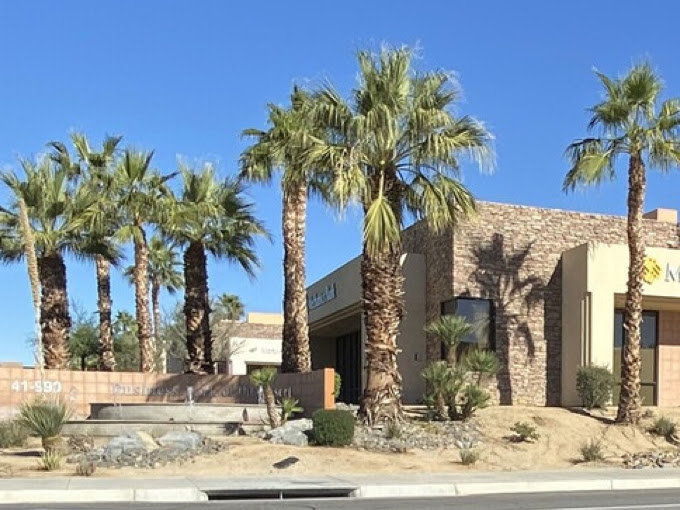
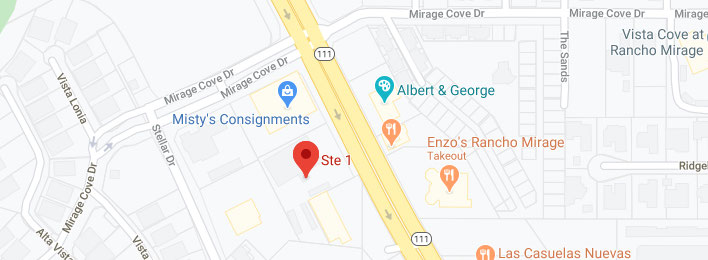
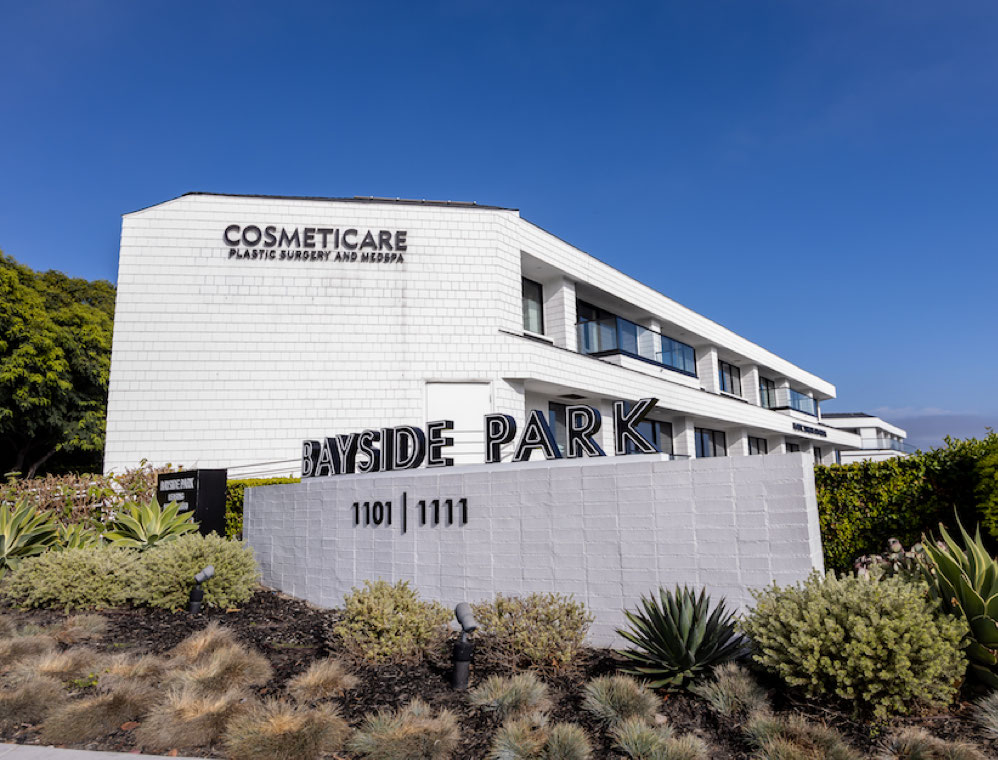

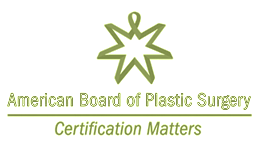
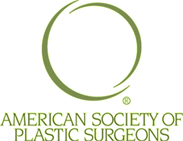

Schedule a Consultation: (760) 537.4579